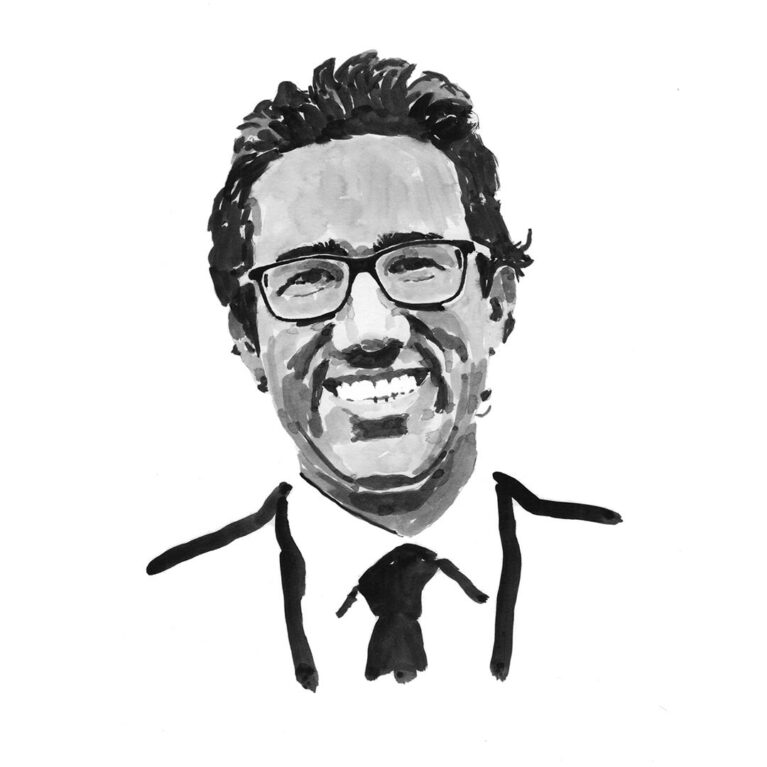Daniel Fernando

Who I am
Iam the co-founder of the Blue Resources Trust and the principal scientist of the Sri Lanka Elasmobranch Project. Since 2013 I have also been providing technical support for elasmobranch management policy at conventions such as CITES (the Convention on International Trade in Endangered Species) and CMS (the Convention on the Conservation of Migratory Species), helping to bridge the gap between science and policy and encouraging a shift toward sustainable fisheries. I served as an adviser to Sri Lanka’s Minister of Wildlife from 2015 to 2018 and currently am a member of the IUCN SSG Shark Specialist Group for Asia, a Party- appointed Councillor to the Sessional Committee of the CMS Scientific Council representing the Asian region and an MCAF (Marine Conservation Alliance Foundation) Fellow.
Where I work
The Blue Resources Trust team will be focusing on the landing sites of the artisanal coastal fisheries in and around the town of Valaichchenai in Sri Lanka’s Eastern Province. This type of fishery is of interest to us because it is widely distributed and its boats are small enough to land on beaches. The effect of beach landing sites is that boats are not centralised in a harbour, which makes it difficult to collect precise data on the catches and fishing effort. It’s a problem not isolated to Valaichchenai by any means, but we hope that our work, if successful, can spread to artisanal fisheries around Sri Lanka and perhaps the world.
What I do
The project is starting to fill the data gaps present in elasmobranch captures from artisanal and small-scale fisheries in the region. This is achieved by spending time at isolated landing sites, engaging with fishers and identifying the shark species in their catches. Many measurements and samples can be taken from the individuals captured and these will help us understand the life histories of these amazing animals. However, it is not all exciting field work. A lot of time is spent at a computer, utilising the data collected to apply cutting-edge modelling techniques. Another important aspect of the project is engagement with communities and stakeholders. To do this we will be visiting local schools, talking with journalists and making ourselves available to fishers who want to learn more about our work.
